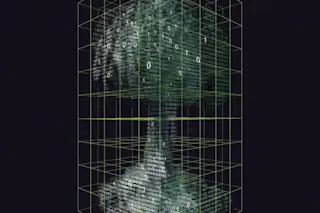The bomb arrived in pieces. Workers assembled the device behind steel-reinforced concrete walls in the desert, mating radioactive materials with high explosives. It was called Kearsarge.
And on a hot August day in 1988, a crew lowered the bomb through a hole drilled thousands of feet into the Nevada Test Site, then entombed it beneath millions of pounds of sand.
Thirty miles away, Los Alamos Director Siegfried Hecker sat nervously in the control room. Seven top Soviet nuclear scientists watched intently. What if the bomb fizzled, Hecker thought. What happens to America’s nuclear deterrent?
Officials had negotiated this Joint Verification Experiment for years. The United States and Soviet Union had long conducted test explosions of the bigger weapons in their arsenals, both to make sure they really worked and as a show of force. The adversaries were willing to permanently stop blowing up the biggest bombs, but first scientists needed ...















